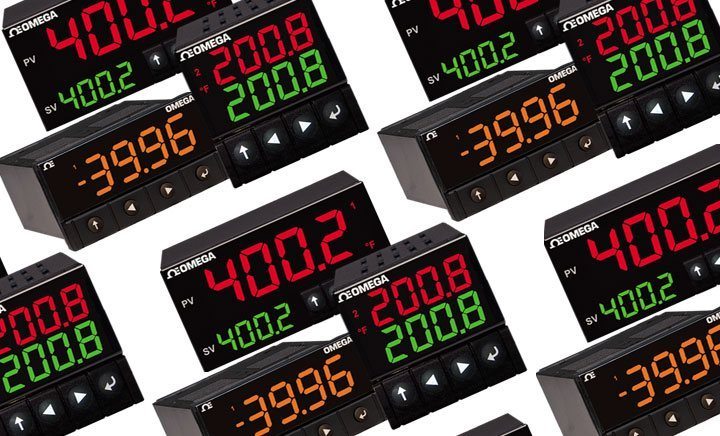izafireman
Well-Known Member
Yep, a hole is drilled thru the rear of toaster oven with probe tip positioned about an inch above the brick. I'd NEVER put a blade in the oven until I've tested it a few times to be sure it's holding correct temp and not cycling too much. It doesn't take the expensive TC for a tempering oven, just the cheap $5 units seem to work just fine.
I built my PID controller in a box with a 120vac recept that is controlled by PID. The oven is plugged into recept and oven t'stat turned up to max, and timer set to "ON" (doesn't time out) and go from there. None of the work of removing oven controls and rebuilding.
That's interesting to hear you did no rebuilding as my father was saying the same be it a HT kiln or tempering oven, the controls can be away from the unit if in a 'project box' Certainly saves the reworking of the toaster oven.

